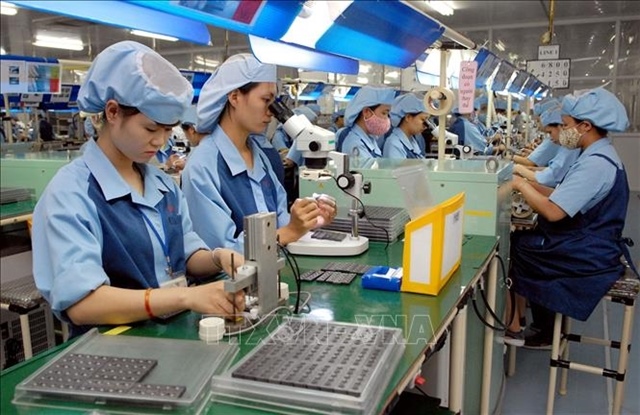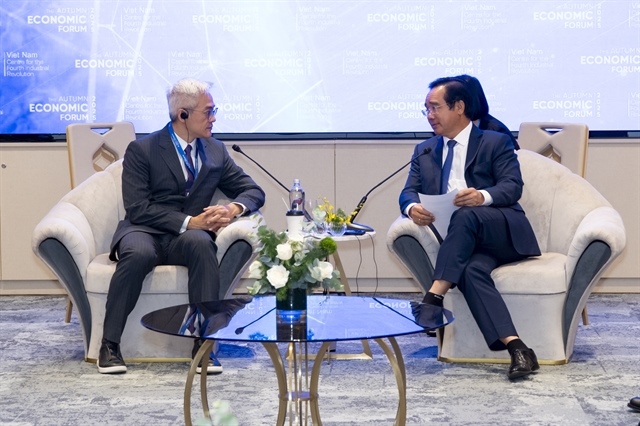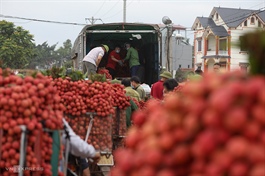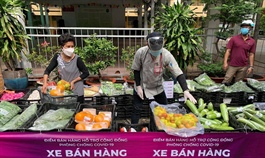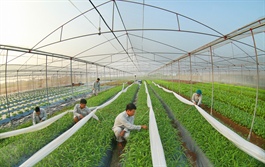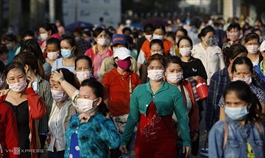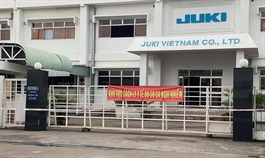Vietnam retail market grows despite Covid-19
Vietnam retail market grows despite Covid-19
Despite the ongoing Covid-19 complications across the globe, total retail sales of goods in Vietnam grew in the first five months of 2021. Vietnam’s retail market is expected to attract foreign investors and experience faster and stronger growth once the current, fourth wave of Covid-19 in the country is controlled.
Retail sector increasingly resistant to Covid-19
The Vietnamese retail sector was valued at US$170 billion in 2020 and is projected to register a compound annual growth rate (CAGR) of more than 10 percent from 2021 to 2026. While the Covid-19 crisis remains complicated globally, Vietnam’s effective control of the pandemic led to recovery of retail sales of consumer goods and services in the final months of 2020.
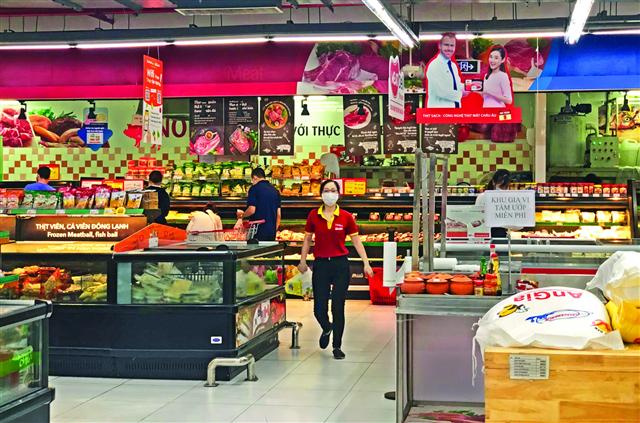
The retail industry is growing despite the pandemic
|
Retail sales of goods in Vietnam fell sharply in the first quarter of 2020 when the first wave of Covid-19 hit, declining by 30 percent in a number of industries and the number of visitors to shopping centers dropping 80 percent year-on-year. After the first wave of Covid-19 was controlled, the country’s retail market grew rapidly. Google Mobility Index data show that in June 2020, the number of visitors to shopping centers increased 80 percent over January 2020.
According to Colliers International Vietnam, the occupancy rate at shopping centers in Vietnam was still very high and many international brands, including Uniqlo, Fila and Haidilao Hot Pot, among others, were expanding their store systems in Vietnam during the second wave of Covid-19 (around the end of July 2020).
The domestic retail market maintained stable growth during the third wave of Covid-19 (from January to March 2021) and the current or fourth wave of Covid-19 (starting from May 2021). Total retail sales of goods and services in April were estimated at VND409.4 trillion, up 2.3 percent from the previous month and up 30.92 percent year on year, given the drastic social distancing implemented in April 2020.
Ministry of Industry and Trade data show that in the first five months of 2021, retail sales reached more than VND1.67 quadrillion, up 7.8 percent from the same period last year. Notably, trade activities are still normal and stable in pandemic-hit localities and sufficient supply of goods is being ensured.
According to Do Thu Hang, Senior Director of Advisory Services at Savills Vietnam, the total supply of retail real estate since the beginning of 2021 has remained stable and increased two percent year on year. The average rent also increased about two percent quarterly and one percent yearly, she said. Although the scale and speed of the fourth Covid wave are greater than the first three, the retail market is expected to continue bouncing back once the outbreak is controlled, Hang added.
Retail market challenges foreign investors
Matthew Powell, Director of Savills Hanoi, said foreign investors are facing certain challenges when investing in Vietnam’s retail sector. For example, traditional retail, including grocery stores and traditional markets, still account for 74 percent of the Vietnamese retail market, while, modern retail accounts for 26 percent and grows 12 percent annually. Although the retail market in Vietnam has attracted many foreign investors, a number have left the country due to lack of competitiveness. Meanwhile, domestic enterprises have successfully seized merger and acquisition (M&A) opportunities to increase their coverage as well as expand their share in the domestic retail market.
However, Vietnam still offers many opportunities for investors due to its political stability and good capital management policies. Strict management of resources and maintenance of profit ratios will help retail businesses become more successful in Vietnam.
Along with gross domestic product (GDP) growth, urbanization in Vietnam is expected to continue increasing rapidly. The growing of Vietnam’s middle class also contributes to the development of the country’s retail market.
| According to a World Bank study, the middle class in Vietnam accounts for 13 percent of the country’s total population and the rate is expected to increase to 26 percent by 2026. This growth will create an optimistic change in total domestic consumer spending and opportunities for foreign retailers. |


